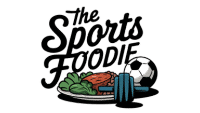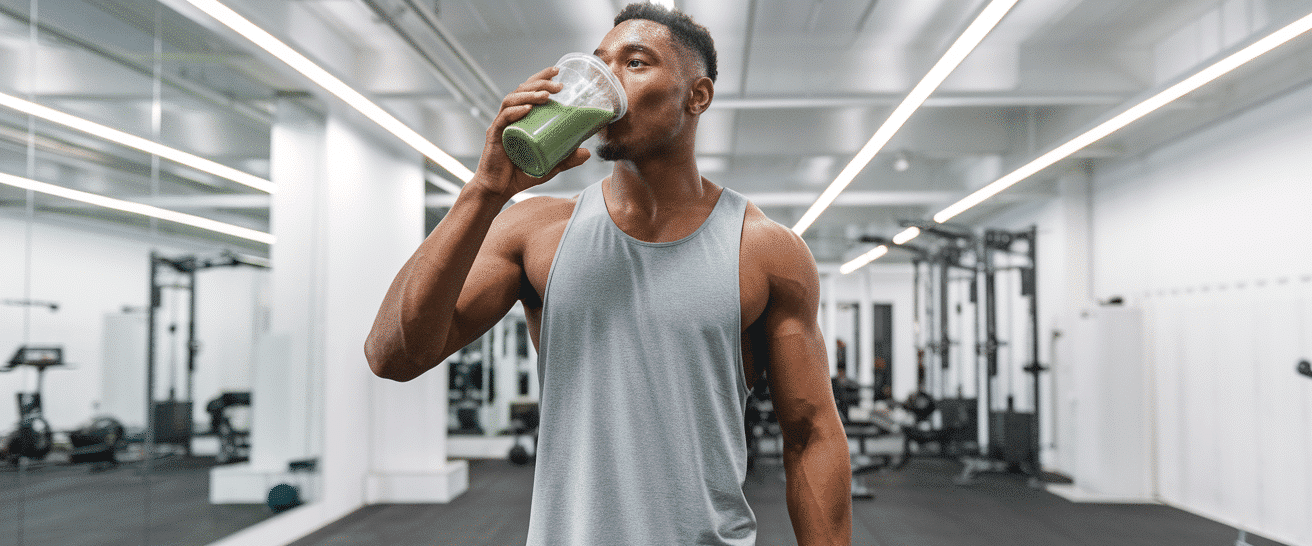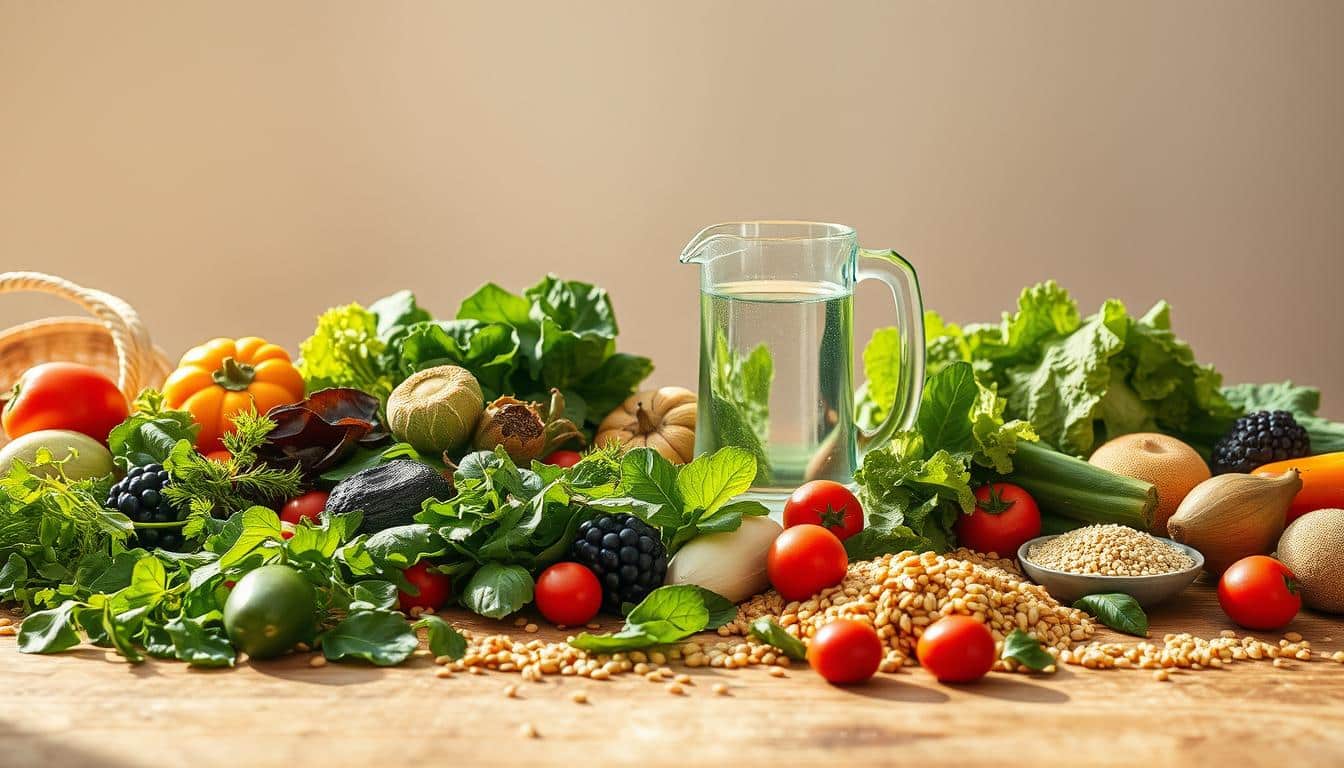Did you know many young athletes see a 20% boost in energy when they tune basic food timing? That jump changes how you train and play.
I write from experience and share simple, proven steps. These tips fit busy schedules. They help your body recover and keep energy steady during a game.
You’ll learn what to pack and when to eat. I show quick actions you can use this week with teammates. The focus stays on clear, small changes that improve performance without stress.
Use this guide to build habits that last. I link practical advice and science-backed routines so you act with confidence. Read more on how food affects athletes in this helpful guide: how nutrition affects athletic performance.
How to fuel your body for peak volleyball performance
Smart fuel keeps your legs quick and your focus sharp during play.
Key macronutrients for energy and recovery
Macronutrients give you fuel and help repair tissue. Carbohydrates are the primary energy source for rallies and jumps. Protein helps rebuild muscle after hard training. Healthy fats support steady output between high-intensity efforts.
Choose complex carbohydrates over simple carbs
Pick whole grains, oats, quinoa, beans, and vegetables. These digest slowly and keep energy steady. Limit candy and soda; simple carbs spike blood sugar and the boost fades in minutes.
Protein sources that support muscle repair
Add chicken, fish, eggs, tofu, yogurt, or beans after workouts. Aim for a quality portion at meals to help recovery and maintain muscle.
Healthy fats for steady energy
Use avocado, olive oil, a thin spread of butter or peanut butter, and nuts. These fats keep you satisfied and provide steady energy when court intensity is lower.
Hydration plan by the clock
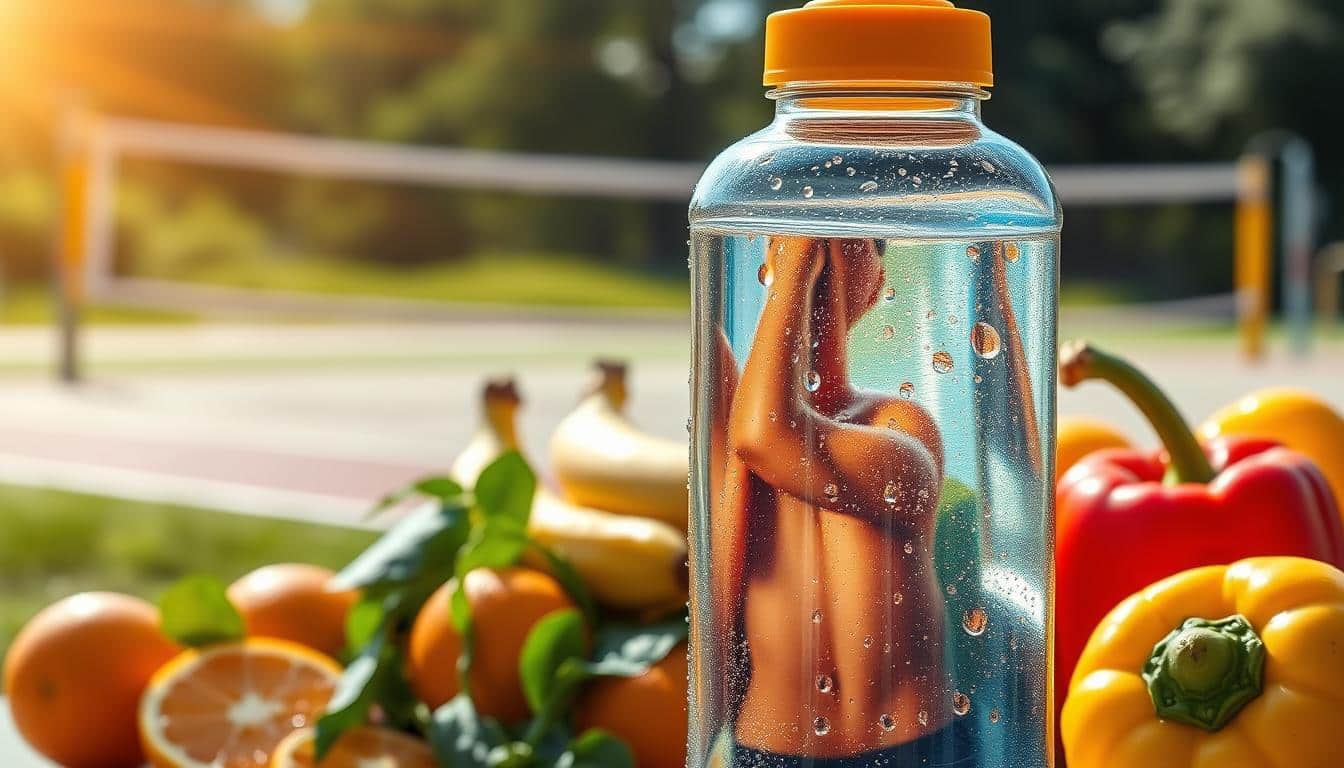
Drink 16–24 fl oz two hours before activity, 8 fl oz 15 minutes before, and 3–6 fl oz every 15 minutes during. After play, replace at least 20 fl oz per pound lost to protect nutrients and aid recovery.
- Tip: Test this plan during training to see how your body reacts.
- Add a side of vegetables and a cup of yogurt when you need extra carbs and protein in one snack.
diet for volleyball players: meals, snacks, and timing
Timing meals the right way helps you stay sharp on the court.
Pre-game meals — 2–3 hours before the game. Plan one balanced meal 2–3 hours before play. Aim for complex carbohydrates, lean protein, and a small amount of healthy fat. Try whole-grain pasta with marinara and grilled chicken. Or pick brown rice with vegetables and tofu or shrimp. A turkey and avocado sandwich on whole-grain bread works when time is tight. A bowl of Greek yogurt with fruit and granola is a lighter option.
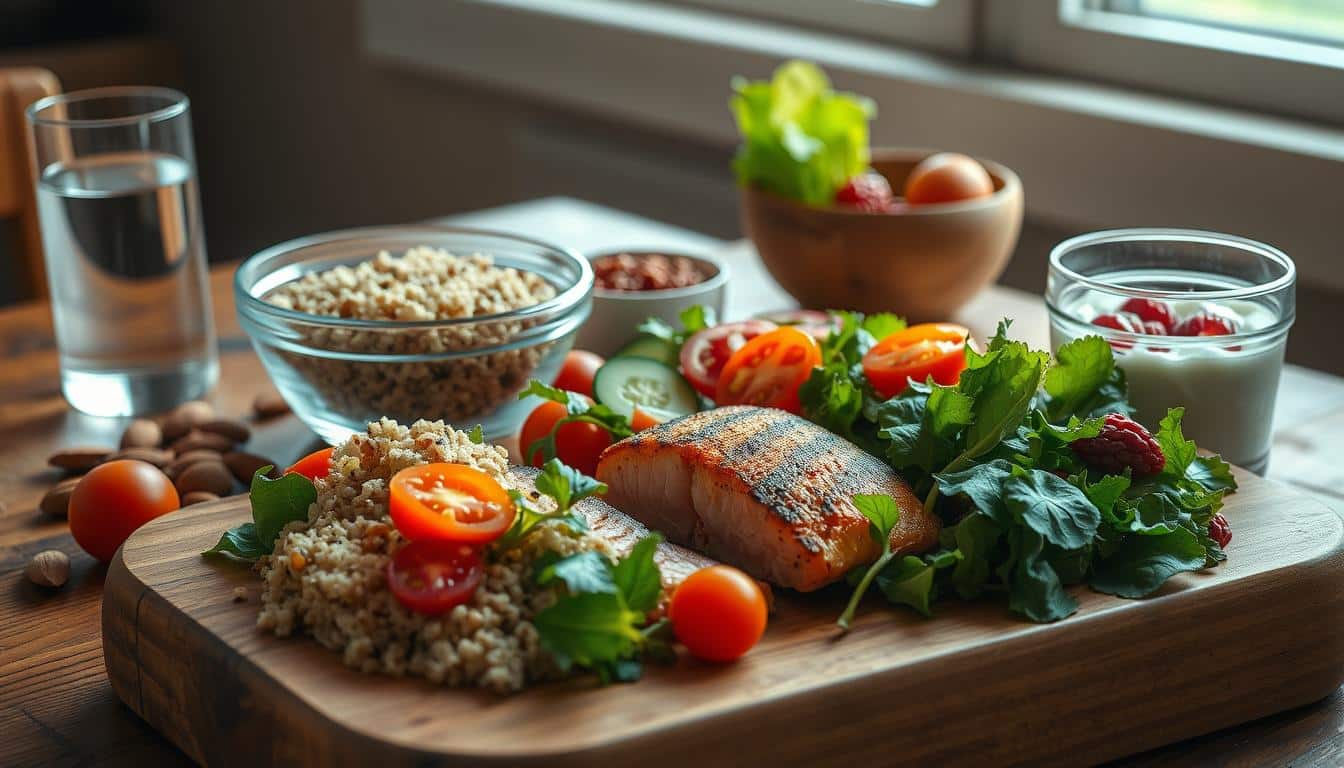
Post-game meals — within 30–60 minutes
Eat within 30 to 60 minutes after the game. Focus on carbohydrates and protein to refill and repair. Good choices are grilled chicken with sweet potatoes and broccoli, salmon with quinoa and roasted vegetables, or turkey chili with whole-grain crackers and a side salad. A smoothie with Greek yogurt, banana, berries, and almond milk works if you prefer a drinkable option.
Smart snacks for practice and travel
Pack stable foods that travel well. Oats-based bars, trail mix, and fresh fruit that holds up are solid picks. The U.S. Women’s National Team uses Chocolate Peanut Butter Energy Balls as a pre-match snack. Make a batch on rest days: 1.5 cups oats, 1/2 cup peanut butter, 1/4 cup honey, 1/4 cup chocolate chips; mix, roll, chill 30 minutes; refrigerate up to five days.
- Keep portions moderate so you feel fueled but light before the whistle.
- Adjust size based on how many hours you have before play.
- Add yogurt or beans if you want non-meat protein options.
| Timing | Example meal or snack | Primary goal |
|---|---|---|
| 2–3 hours pre-game | Whole-grain pasta + grilled chicken | Carbohydrates + protein for steady energy |
| 30–60 minutes post-game | Salmon + quinoa + roasted vegetables | Refuel glycogen and support muscle repair |
| Practice/travel | Oats bars, trail mix, fresh fruit | Quick energy and portable nutrition |
| Pre-match snack (small) | Chocolate Peanut Butter Energy Balls | Fast energy and familiar taste |
Game day nutrition timing: before, during, and after the court
When you time food and water right, your performance stays steady through long sets.
What to eat and drink before the game
Eat a carb-led plate with lean protein 2–3 hours before the match to load carbohydrates and protect performance. Choose complex carbs like whole grains and add a hard-cooked egg or grilled chicken.
Keep fiber and fat moderate so your stomach stays calm on the court. Test this plan during training hours to find the best combo.
Fuel and water during the game
Drink 16–24 fl oz of water two hours before, then 8 fl oz 15 minutes before the first serve.
Sip 3–6 fl oz of water every 15 minutes during play. Bring a banana or small applesauce pouch for quick fuel between minutes of rest.
- Use a sports drink in long matches if cramps start or sweat is heavy to support sodium and nutrients balance.
- After the final whistle, drink at least 20 fl oz per pound you lost and eat a recovery snack within an hour, like whole wheat pita, hummus, and vegetables.
| When | Action | Why |
|---|---|---|
| 2–3 hours pre-game | Carb plate + lean protein | Load glycogen and protect performance |
| 15 minutes pre-game | 8 fl oz water | Top up hydration |
| Every 15 minutes | 3–6 fl oz water | Maintain hydration during court play |
Conclusion
Small, repeatable meal choices add up to better energy and steadier performance.
Build a simple plan around complex carbs, lean protein, and colorful foods. Pack one main meal and one backup snack each day so a player never skips fuel during busy time.
Drink on a schedule, match meal size to training load, and keep travel-friendly foods like oats bars, trail mix with nuts, and fruit in your bag.
Quick next step: write down three days of meals and circle any gaps in protein or carbs. Use that list to tweak portions and see steady gains in performance on the court.
